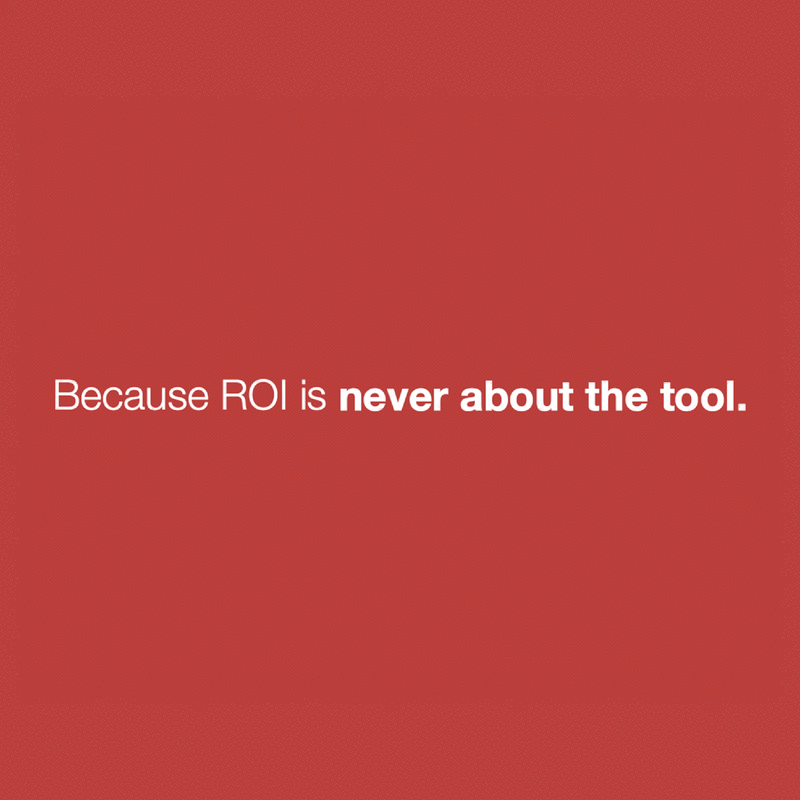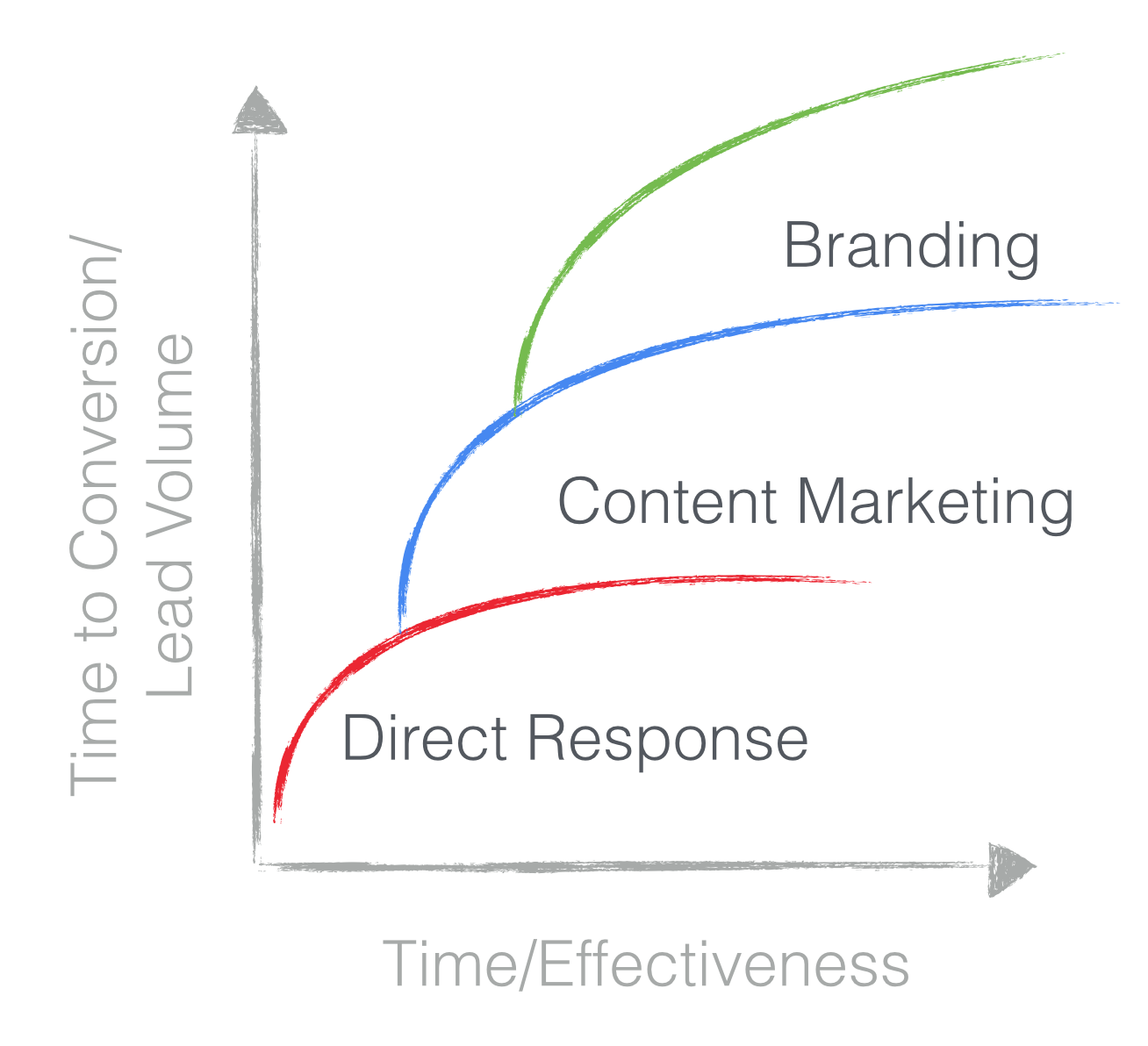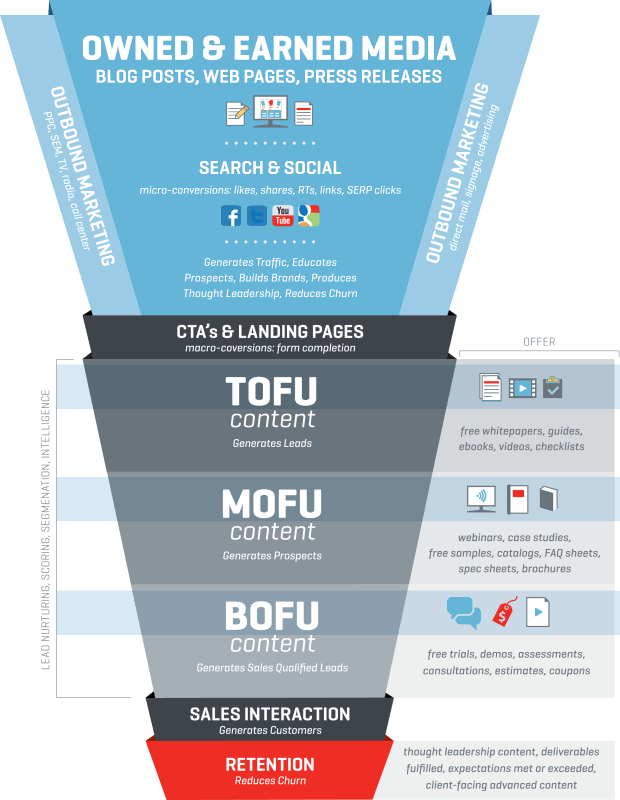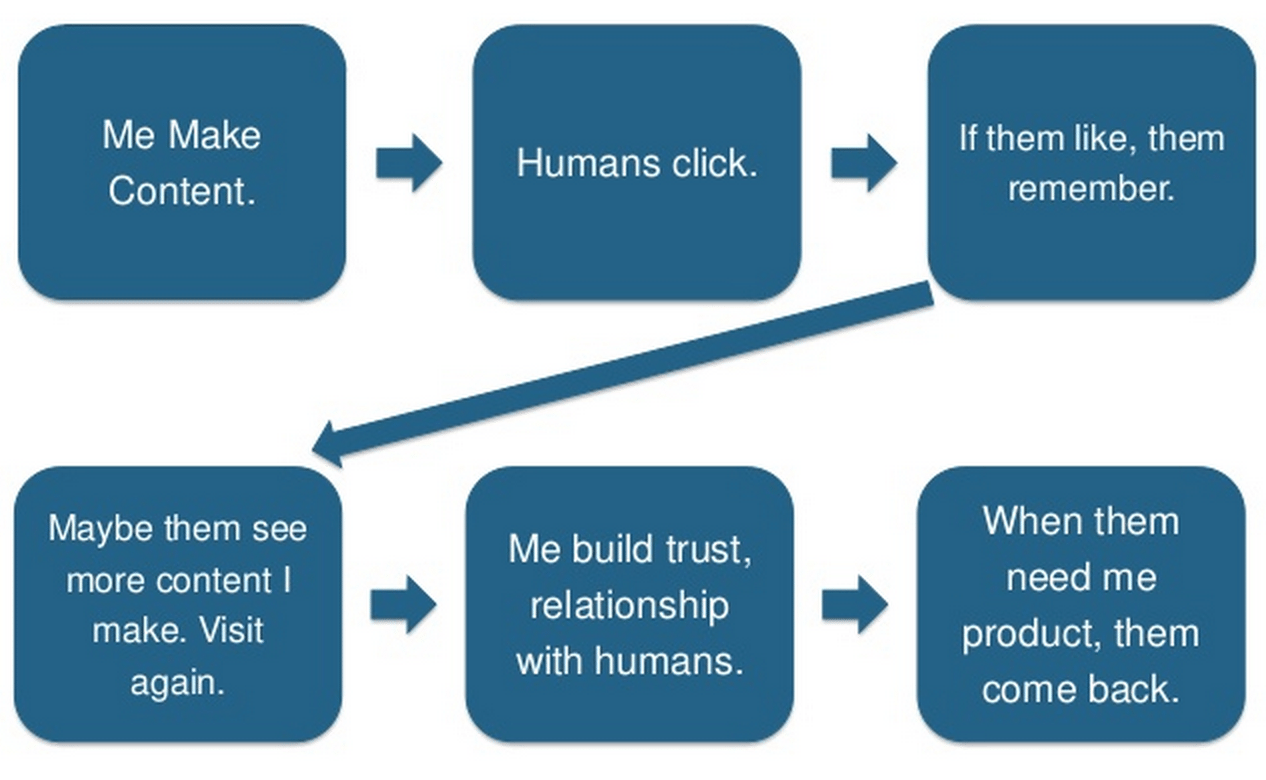Do you measure the return on your social media investment?
It seems blasphemous not to, yet that’s exactly the direction we’re experimenting with at Buffer.
We’ve recently shifted our focus toward email list building along with continued traffic growth. These metrics are common enough; it’s what we’ve stopped measuring in lieu of email that is most unique and notable.
We no longer focus on social media ROI. It’s strange but true. We’re a social media blog that does not emphasize social media ROI in our stats and strategy. What gives? Let’s take a closer look.
What is social media ROI? A complicated definition
Defining social media ROI can be a bit of a thorny problem.
Tools and services have come along to help shed light on the numbers behind one’s social impact. Yet, choosing which numbers are best—engagement, clicks, conversions, etc.—is still highly debatable and quite unique to the individual.
There’s also the higher-level view of entering social media ROI from the right perspective. Gary Vaynerchuk has some interesting ideas on this.He challenges the traditional, linear view of ROI as a universal benchmark by pointing out that ROI is incredibly dependent on the user.

His full slide deck includes a handful of examples of the ways that ROI for most anything will vary based on the “mechanic.” For instance,
What is the ROI of the keyboard in my closet? Rather zilch for me. Millions of dollars for someone like Herbie Hancock.
What is the ROI of baking cupcakes? A few smiles for me. A few dollars for a bakery.
There are so many factors that go into ROI, as Vaynerchuck argues, that so often the answer for “What’s the ROI of X, Y, and Z” resorts to “it depends.”
As you can imagine, it’s hard to measure “it depends.”
How we think of social media ROI at Buffer
Before we get into this post too deep, let me define what I mean when I’m talking about social media ROI.
1. We have stopped focusing on conversions as a key metric for the blog. (More on this below.)
2. Our blog content is a key component to our social media strategy. Ninety percent of our social media updates are based on content we’ve written on the blog.
3. Therefore, the ROI for our social media updates can be defined as conversions from the blog. These conversions are the Return on the Investment of sharing content. Since conversions are no longer our number one focus, social media ROI takes a back seat.
Through this rethinking of ROI and metrics, we’ve taken a bit of a new view of social media from a slightly different perspective. Social media, first and foremost, is branding—and it is increasingly difficult to measure branding as a direct, one-to-one conversion. In many ways, you can no longer expect direct ROI from content marketing or branding. Tom Tunguz created an interesting graphic that shows how conversions and effectiveness change the further you get away from direct marketing and into content and branding.

The simplest, shortest conversions happen with direct response. As you get deeper into content and branding, the conversion formulas change. They get more complicated.
We’re a team of 25—and a content team of two—so we find the scale of time, effectiveness, and conversion (as illustrated in the chart) to be a bit out of sync with our resources. Larger companies and agencies might be able to track this volume, but for us—and maybe for you—we’ve chosen to go a different route.
What makes measuring ROI for content so hard? Here’s our theory.
Where conversions and content diverge
It would seem that the most straightforward way to focus on social media ROI is to seek conversions. That is the mindset I took when I first started at Buffer and the one that I imagine most content creators and marketers ascribe to. Conversions are in our DNA, you might say.
Turns out, I wasn’t seeing the complete picture.
While conversions are tantamount to growth and revenue, the blog might not be the best place to measure them. There are other points along the journey from curious to customer that are better measured in terms of direct ROI. If you imagine this journey as a funnel, the blog is near the top, trying to collect as many eyeballs and as much interest as possible. Conversions tend to happen much later on in the process, further down the funnel, like in this example from Moz.

This was certainly my experience when I converted at Buffer. Here’s how it went:
- I found the Buffer blog via Facebook when someone shared Leo’s article about The Origin of the 8-Hour Work Day. It was a neat story, so I bookmarked the blog, thinking I’d come back later.
- I noticed Leo’s name at a couple other places online where he had guest blogged. Noticing this didn’t send me scurrying back to the Buffer blog; it just reinforced that Leo was an okay guy.
- Feedly mentioned that it had an integration with Buffer. Cool. I didn’t have a need for social media scheduling at the time, so I browsed Buffer’s other add-ons, grabbed a few ideas, and left.
- A couple weeks later, I was cleaning out my bookmarks and I found the Buffer blog bookmark. I stopped by for a visit and found a handful of more stories that sounded interesting to read. I loved them all.
- Around this time, I started a new side project and wanted to promote it a bit on social media. I thought automation would be an ideal way to go. I went to IFTTT to see what was available, and I saw they had a Buffer integration. A lightbulb went off.
- I googled “Buffer app.”
- I clicked on the result for the Buffer landing page, I liked its clean design and simple CTA, and I signed up on the spot.
In summary, my path to conversion went Facebook > Blog > Guest Posts > Feedly > Bookmarks > Blog > IFTTT > Google > Buffer landing page > Conversion!

Was the blog to credit for my joining Buffer? You bet. Do you think my conversion was reflected in the blog stats? Eh, probably not.
Rand Fishkin of Moz explained this conversion conundrum in detail with his slide deck “Why Content Marketing Fails.” He lists five reasons why content marketing might fail, beginning right off the bat with the problem of thinking that content has an instantaneous impact on conversion.
In reality, the process, according to Rand, is more like this:

Kind of complicates measurement of ROI, wouldn’t you say? That’s the conclusion we came to on the Buffer blog. While it’s not impossible to track ROI and conversions through this multistep flow (some incredibly smart people and cool tools have figured it out), we found that our social media efforts to drive visitors to our content can be measured in other ways (see below). ROI is a tough nut to crack.
When it’s good to measure social media ROI
Last week, Unbounce published an article titled “Why Every Marketer Should Care About Conversion,” and seeing that headline made me stop in my tracks. I’m a marketer. Why don’t I care about conversion?
The answer is that I do care about conversions and ROI. It’s just that my conversions look a bit different than what most folks expect. In the Unbounce article, Three Deep Marketing’s Angie Schottmuller had this great quote:
“Marketing is a utility to facilitate action. Conversion is simply the completion of a presented action. Whether it’s buy now, call today, share socially or watch the video, all marketing content needs a purposeful call to action. If you’re not helping the user get to the next step in their decision-making process, what’s the point?
No marketing channels are exempt from being useful or actionable. Online or offline, from emails to print ads, a relevant, value-added call to action should always be included and optimized.”
By this definition, we are measuring conversions at the Buffer blog. We’re measuring how visitors convert to email subscribers.
I think it’s also good to point out that there are other ways of looking at social media ROI beyond an impact to the blog. Your social strategy might not be as content-heavy as ours. You may be promoting products or events, and these would fit a more traditional measure ROI and conversions. It might be best to track ROI when you’re sharing some of the following:
- Landing pages
- Event registration
- New product announcements
- Direct CTAs (like Twitter cards, for instance)
Ideas on what you might measure instead
At the Buffer blog, we’ve chosen to measure email signups as our key metric. Email signups give us an awesome opportunity to communicate directly with those who ask to hear from us. It’s quite the privilege! (While we’re at it, you can sign up here!) We feel that creating content that is of the utmost quality that folks are eager to see it arrive in their inbox is an awesome goal to shoot for.
With email signups as our number one goal, we’ve also taken a new look at a handful of other stats that might be worth tracking, too. There’s probably no escaping the measurement of blog traffic; in our case, as we grow traffic to the blog, we will also grow opportunities to collect more emails. Social shares remain important as well; we often cite the social proof of a well-performing article when we send out stories for blog syndication.
Here are a few other ideas that we’ve mulled over:
- Time on site
- Engagement with content
- New visitors vs. returning visitors
- Bounce rate
- Pages per visit
Over to you: What do you measure?
Social media measurement is one of those topics that makes for endless points of view and fascinating discussions.
We’ve found that the traditional view of conversions doesn’t quite fit with our blog’s place in the conversion journey. Right now, we feel good focusing on retention through email signups and continued growth of traffic and shares. You may have a totally different strategy!
I’d love to hear your thoughts and strategy in the comments. What do you measure when it comes to social media and content marketing metrics, and how? How important is social media ROI?
Image credits: pasukaru76, Smart Insights, Moz, SlideShare
Try Buffer for free
190,000+ creators, small businesses, and marketers use Buffer to grow their audiences every month.



